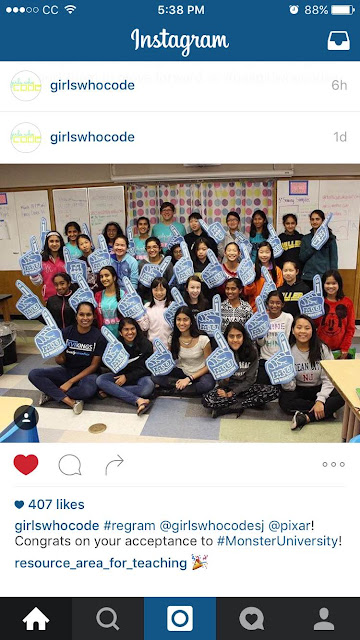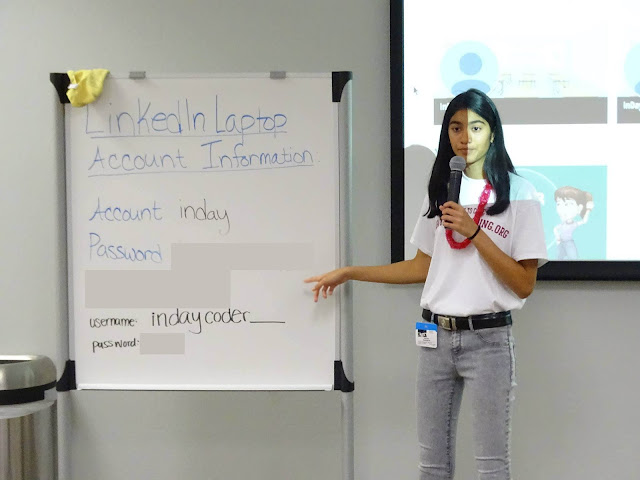Popular posts from this blog
Teaching at LinkenIN
An absolutely amazing experience I just got the amazing opportunity to teach kids aged 5 to 12 coding at LinkenIN's super fun Inday Event. Though I was slightly nervous at first, the moment I got up there and started, I felt so awesome! I was so glad that the kids found coding as fun and interesting as I did. It was so incredible speaking in front of so many people. The kids were all really engaged and came up with smart, thought-provoking questions. As a bonus, LinkedIn also gave me a whole bunch of cool swag for coming in to teach! I'm so incredibly grateful that I got this wonderful opportunity to share my knowledge and passion with so many other people. I hope everyone else had as much fun as I did!
Zentangles
Stunningly Intricate My dad ordered some cardboard coasters from amazon ( X ), and told me to draw something cool on them. But of course, the word "cool" is extremely subjective. So I decided to google around and find some "cool" designs. That's when I came across Zentangles. Beautiful, intricate patterns drawn on paper, clothes, bags, and even rocks! They were perfect! Of course, to start off, I wasn't that good: But hey, practice make perfect... And I kept going... And here's where I am today!




Comments
Post a Comment